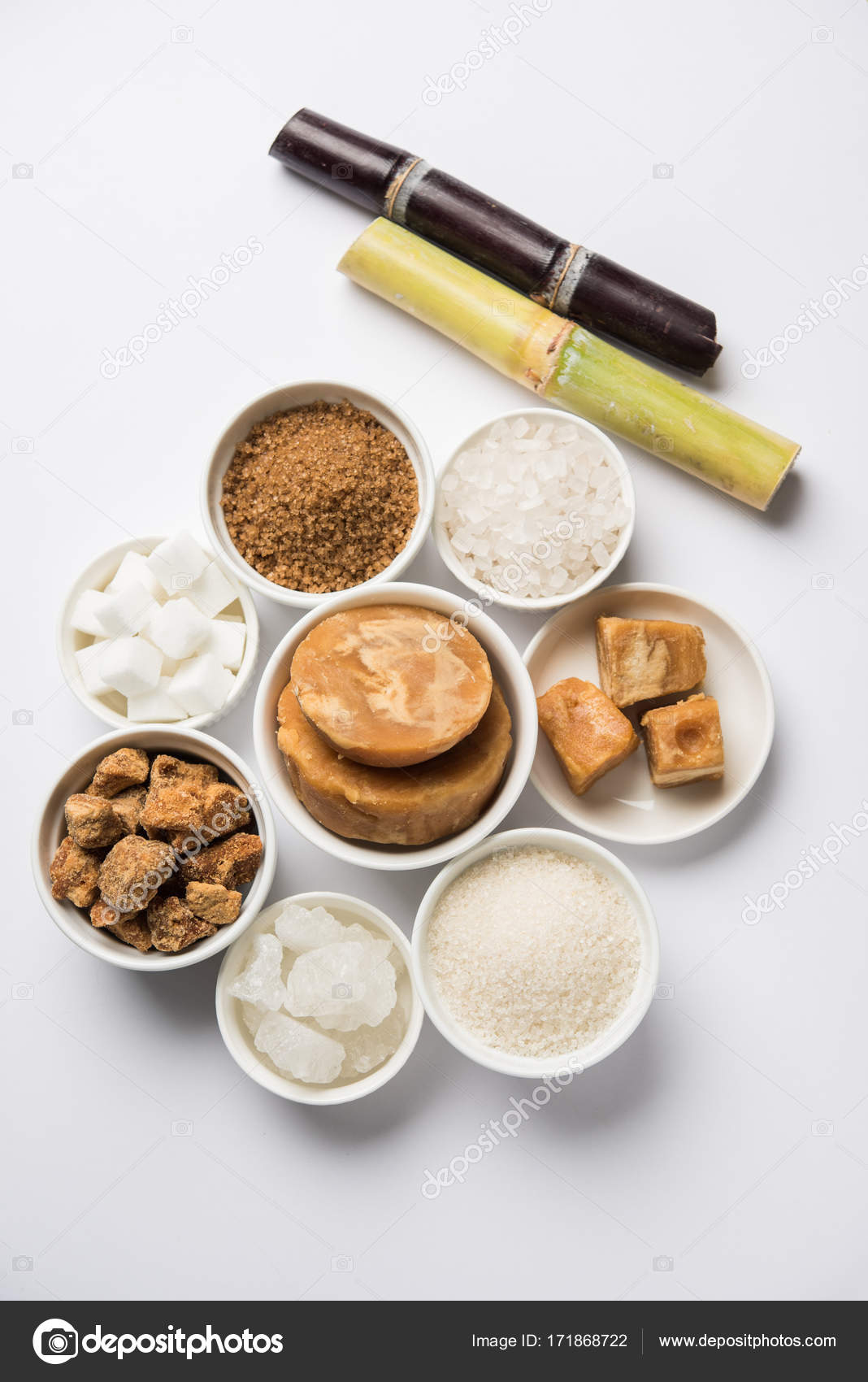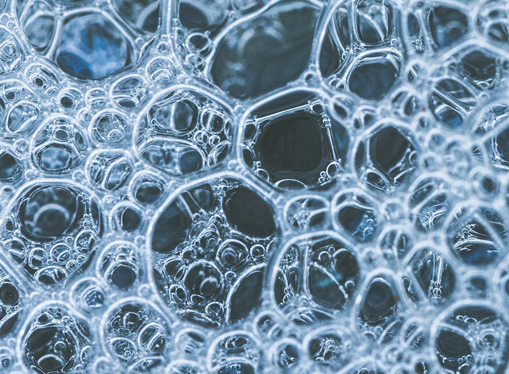How sugar cane products Outperform Common Industrial Ingredients
Wiki Article
Discover Everything About Sugar Cane: From Production Methods to Product Innovations
Sugar cane is a plant with both historical importance and modern significance. Its cultivation has developed from traditional methods to modern practices that fulfill today's farming needs. This evolution consists of innovative processing techniques that change the cane into a variety of products. As the sector deals with environmental difficulties, brand-new lasting techniques are emerging. The complexities of sugar cane manufacturing and its future in global markets existing fascinating inquiries worth exploring even more.The Background of Sugar Cane Growing
Although sugar cane is usually related to tropical environments, its cultivation has an abundant history that dates back hundreds of years. Coming From Southeast Asia, the earliest records of sugar cane's use day back to around 8000 BCE, where it was eaten for its sweetness. By the very first millennium, it spread to India, where it came to be indispensable to regional societies. The technology to crystallize sugar emerged in India by the fifth century CE, marking a significant turning point in sugar production.With the expansion of profession routes, sugar cane found its method to the Center East and, ultimately, Europe. The facility of haciendas in the Caribbean throughout the 16th century transformed the worldwide sugar market, driven mostly by early american development. As sugar became an in-demand commodity, its farming formed economic situations and cultures, laying the foundation for modern-day production strategies that developed with the advancement of farming and modern technology.Typical Farming Methods
As sugar cane growing advanced via history, standard farming techniques arised as fundamental techniques that formed its production. These techniques, commonly passed down through generations, included using manual tools such as hoes and machetes for growing and harvesting. Farmers commonly prepared the soil by hand, using crop turning and intercropping to maintain dirt fertility and control parasites. Water monitoring was important, with lots of typical farmers relying on natural watering systems and rainwater harvesting.Planting was many times to coincide with seasonal rainfalls, guaranteeing optimal development conditions. Generally, sugar cane was planted in rows, enabling easier maintenance and harvesting. Collecting was done by hand, needing experienced labor to reduce damage to the stalks. In general, traditional farming strategies highlighted sustainability and a deep understanding of the neighborhood environment, forming a critical part of the cultural heritage bordering sugar cane agriculture. These methods laid the foundation for future advancements in sugar manufacturing.Modern Agricultural Practices
Modern farming techniques have increasingly bundled precision farming strategies to boost sugar cane production. sugar cane products. These methods use data-driven strategies to optimize inputs and improve returns while lessening environmental influence. In addition, sustainable parasite management approaches are being taken on to safeguard crops without jeopardizing environmental balancePrecision Farming Techniques
Precision farming strategies represent a transformative approach to farming, leveraging modern technology to improve efficiency and sustainability in sugar cane manufacturing. By making use of tools such as GPS, remote noticing, and information analytics, farmers can keep track of crop health and wellness, dirt problems, and water usage with extraordinary precision. This data-driven approach enables for targeted treatments, decreasing waste and enhancing source allotment. Drones and satellite imagery promote real-time evaluations, allowing cultivators to react promptly to emerging concerns or adjustments in ecological problems. Additionally, precision farming improves return forecasting and improves decision-making procedures, inevitably bring about much better crop monitoring. Consequently, sugar cane manufacturers can achieve higher efficiency and profitability while reducing their ecological impact, adding to the total advancement of modern-day agricultural methods.
Lasting Bug Management
Efficient management of insects is necessary for keeping the wellness and efficiency of sugar cane crops. Sustainable parasite management practices focus on decreasing chemical inputs while making best use of eco-friendly equilibrium. sugar cane products. Integrated Parasite Management (IPM) is a prominent method, incorporating biological control, environment control, and making use of resistant sugar cane varieties. Farmers are increasingly utilizing beneficial pests and natural killers to subdue parasite populations, lowering reliance on artificial chemicals. Tracking bug levels through traps and scouting permits prompt interventions, ensuring that control actions are applied only when essential. In addition, plant rotation and intercropping enhance biodiversity, additional diminishing pest episodes. By taking on these lasting methods, sugar cane manufacturers can maintain crop return while advertising ecological stewardship and lowering the adverse effects connected with traditional parasite control methodsProcessing Sugar Cane: From Area to Manufacturing facility
The intricate trip of sugar cane from field to factory involves numerous crucial actions that change this dynamic plant into a resources for sugar production. After collecting, sugar cane is swiftly delivered to the handling facility to minimize sucrose loss. The very first step at the manufacturing facility is washing the cane to get rid of impurities, adhered to by squashing to remove the juice. This juice undertakes explanation, where it is warmed and treated with lime to eliminate strong bits and impurities.Once clarified, the juice is concentrated via dissipation, causing syrup. The syrup is then taken shape by cooling down and including seed crystals, bring about the development of sugar crystals. Complying with condensation, the sugar goes through centrifugation to separate it from molasses. Eventually, the sugar is dried, packaged, and planned for distribution. Each action in this process is important for making sure the quality and performance of sugar production.Sugar Cane Products and Their Applications

Sweeteners and All-natural Sugars
Although typically ignored, sugar and all-natural sugars originated from sugar cane play an important duty in the food and drink industry. These products, consisting of sucrose, molasses, and raw sugar, provide a series of flavors and functionalities that boost various food things. Sucrose, the most usual sugar, is commonly made use of for its sweetening properties, while molasses adds depth and intricacy to baked products and sauces. All-natural sugars from sugar cane are get redirected here favored for their marginal handling and regarded health and wellness benefits contrasted to man-made sugar. In enhancement, developments in sugar cane handling have actually resulted in choices like fluid sugar and concentrated cane juice, providing to varied customer choices. In general, sugar cane-derived sweeteners are integral to flavoring, maintaining, and boosting food experiences.Biofuels and Renewable Resource

Sustainability in power manufacturing has actually progressively turned attention to sugar cane as a feasible resource for biofuels. This tropical plant, rich in sucrose, can be exchanged ethanol, an eco-friendly fuel that minimizes greenhouse gas discharges compared to fossil fuels. The fermentation process uses molasses, a result of sugar production, optimizing resource performance. Additionally, sugar cane's biomass, including bagasse and leaves, can be changed into bioenergy, adding to a round economic situation. Various innovations in handling methods enhance the return of biofuels, making sugar cane an appealing alternative for power diversification. In addition, the growing need for lasting energy sources drives research study into enhancing farming techniques and minimizing the carbon footprint of biofuel manufacturing, placing sugar cane as a principal in the renewable resource landscape.
Technologies in Sugar Cane Sustainability
As the international need for sugar increases, advancements in sugar cane sustainability have actually come to be necessary to meet both ecological and financial difficulties. Modern agricultural techniques are being executed to lower water usage, enhance soil health, and minimize chemical inputs. Strategies such as accuracy farming make use of information analytics and innovation to enhance resource use and boost crop yields sustainably.Additionally, the development of genetically customized sugar cane selections intends to boost resistance to bugs and ecological stressors, leading to greater efficiency with fewer inputs. Waste management practices are additionally evolving; by-products from sugar cane handling are being changed into bioenergy, reducing reliance on fossil fuels.Furthermore, partnerships between agricultural stakeholders and ecological organizations are promoting techniques that advertise biodiversity and ecosystem health. These advancements not only aid reduce the environmental influence of sugar cane manufacturing but also produce a much more resistant and lasting sector for the future.The Future of Sugar Cane in Global Markets
While global sugar click for info consumption continues to increase, the future of sugar cane in worldwide markets faces both opportunities and challenges. The boosting demand for biofuels and lasting items offers a substantial opportunity for sugar cane producers, as the plant can be utilized for ethanol manufacturing and various other environment-friendly alternatives. Furthermore, advancements in handling techniques may boost about his effectiveness and decrease costs, making sugar cane a lot more affordable versus various other sweeteners.However, obstacles such as environment modification, rising and fall market value, and changing customer preferences toward healthier choices make complex the landscape. Profession plans and tolls can impact the worldwide market characteristics, influencing farmers' success. As stakeholders browse these complexities, collaboration amongst manufacturers, governments, and scientists will certainly be crucial in adjusting to the evolving market. The future of sugar cane depends upon balancing these possibilities and difficulties to secure its area in a rapidly transforming international economy.Frequently Asked Questions
How Does Sugar Cane Influence Citizen Ecosystems and Biodiversity?
The growing of sugar cane substantially influences local communities and biodiversity. Monoculture techniques can bring about habitat destruction, while chemical use might harm non-target species, eventually interfering with eco-friendly equilibrium and reducing varieties richness in affected areas.What Are the Health Results of Consuming Sugar Cane Products?
The health impacts of consuming sugar cane products consist of potential advantages like power boosts and antioxidants, however too much consumption may bring about weight gain, dental issues, and enhanced risk of diabetes mellitus, prompting small amounts in intake.Exist Any Kind Of Alternatives to Sugar Cane for Sugar Manufacturing?
Alternatives to sugar cane for sugar manufacturing consist of sugar beetroot, maple sap, and coconut hand sap. These sources provide similar sweetness and can be cultivated in numerous environments, using varied alternatives for sugar production worldwide.Exactly How Is Sugar Cane Impacted by Climate Modification?
Environment adjustment substantially influences sugar cane, creating modified rainfall patterns, enhanced temperatures, and increased pest stress. These variables can lower returns and influence overall quality, motivating the need for flexible farming techniques to ensure sustainability.What Are the Labor Conditions for Sugar Cane Workers Around The World?
Labor problems for sugar cane employees globally vary considerably, usually identified by low earnings, long hours, and inadequate precaution. Several face exploitation and severe workplace, specifically in establishing countries reliant on sugar cane manufacturing.Report this wiki page